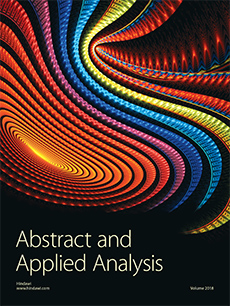Abstract
Mathematical modeling of water distribution networks makes use of simplifications aimed to optimize the development and use of the mathematical models involved. Simplified models are used systematically by water utilities, frequently with no awareness of the implications of the assumptions used. Some simplifications are derived from the various levels of granularity at which a network can be considered. This is the case of some demand simplifications, specifically, when consumptions associated with a line are equally allocated to the ends of the line. In this paper, we present examples of situations where this kind of simplification produces models that are very unrealistic. We also identify the main variables responsible for the errors. By performing some error analysis, we assess to what extent such a simplification is valid. Using this information, guidelines are provided that enable the user to establish if a given simplification is acceptable or, on the contrary, supplies information that differs substantially from reality. We also develop easy to implement formulae that enable the allocation of inner line demand to the line ends with minimal error; finally, we assess the errors associated with the simplification and locate the points of a line where maximum discrepancies occur.
Citation
Joaquín Izquierdo. Enrique Campbell. Idel Montalvo. Rafael Pérez-García. David Ayala-Cabrera. "Error Analysis of Some Demand Simplifications in Hydraulic Models of Water Supply Networks." Abstr. Appl. Anal. 2013 (SI10) 1 - 13, 2013. https://doi.org/10.1155/2013/169670
Information





